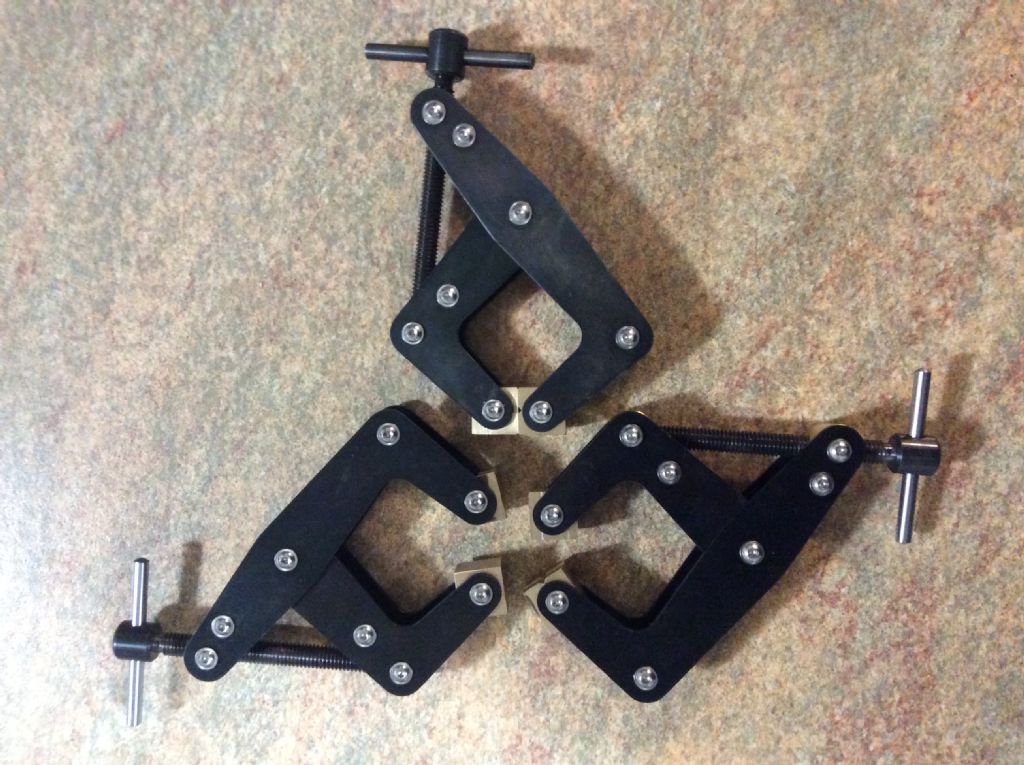The boiling point of the salt bath discussed in this thread rises as water is boiled off, hence the bath will get hotter with time. Adding water is dangerous, because the water can/will boil explosively. However, significant water loss shouldn't be a problem, unless you're doing a long run of components.
The idea of treating a rusted surface with 'converters' may work OK. As far as I know, these converters (mostly?) contain tannates, which 'convert' the red rust oxide to blue-black tannates. But why bother with the expense? If you lightly wire brush the rusty surface, to get all the friable, loose surface off, and then boil the part in water, the red/brown oxide will convert to black oxide(s). Re-doing the rust, scratch, boil cycle a number of times, until the colour is satisfactory, is the centuries-old, traditional gunsmith's colouring technique. Oil, and perhaps wax, afterwards, to inhibit further (red) rusting. However, it's a slow job… The rusting can be speeded up by suspending the parts over a saucer of strong acid, in an improvised polythene tent.
Can any passing chemist please explain why acid 'fumes' cause oxide formation, rather than acid salt formation, as the liquid acid would?
Kiwi Bloke.





